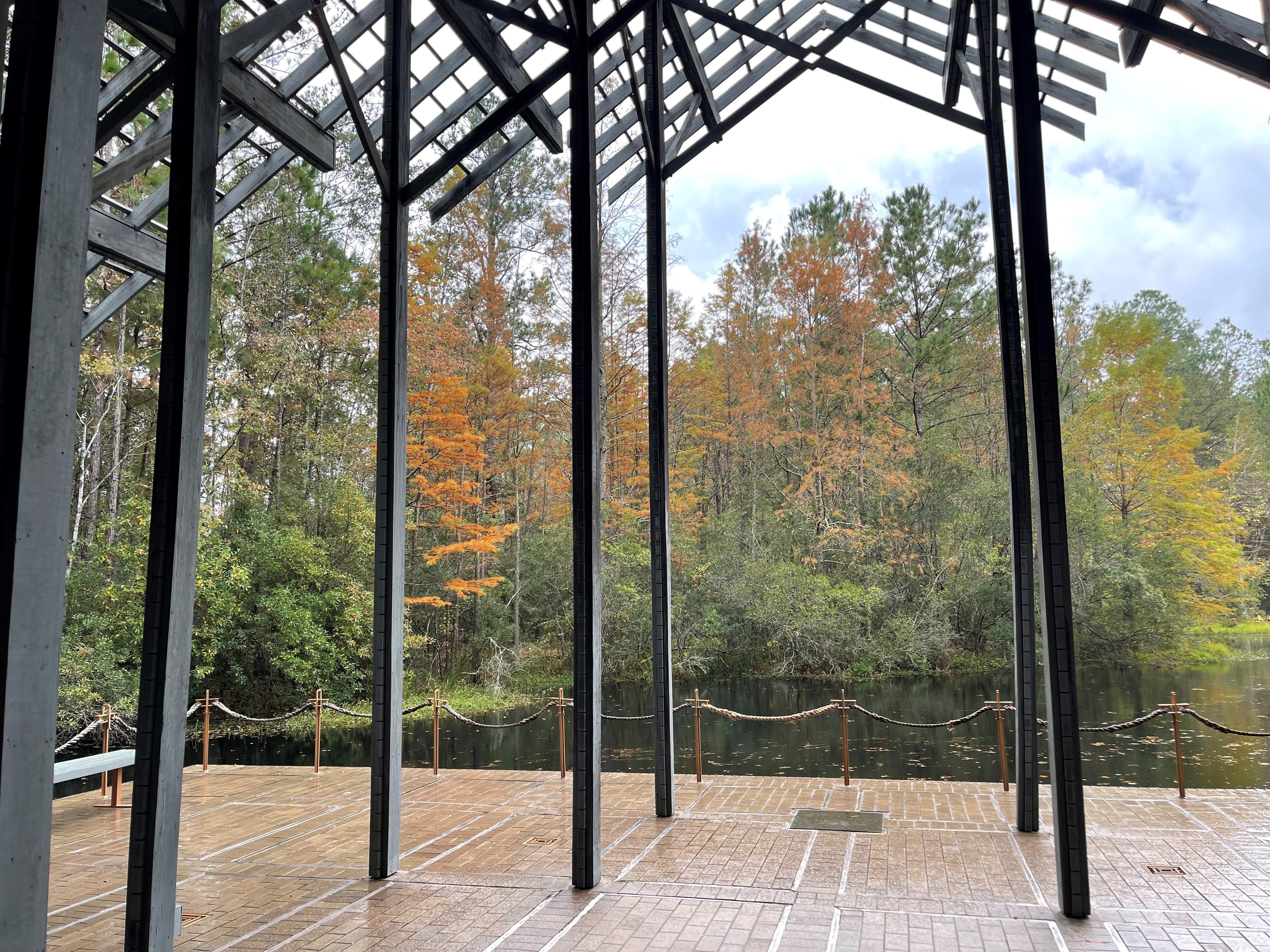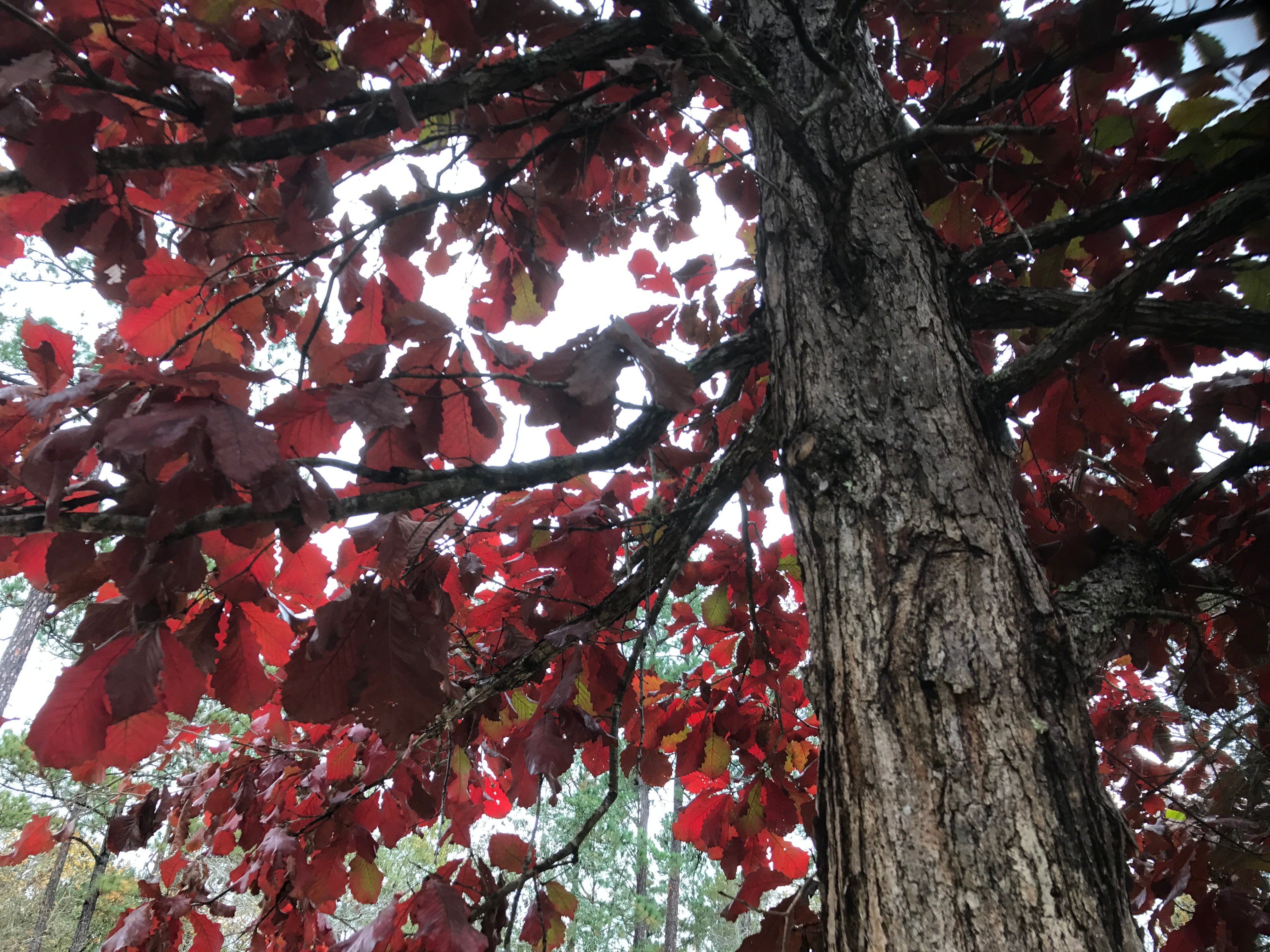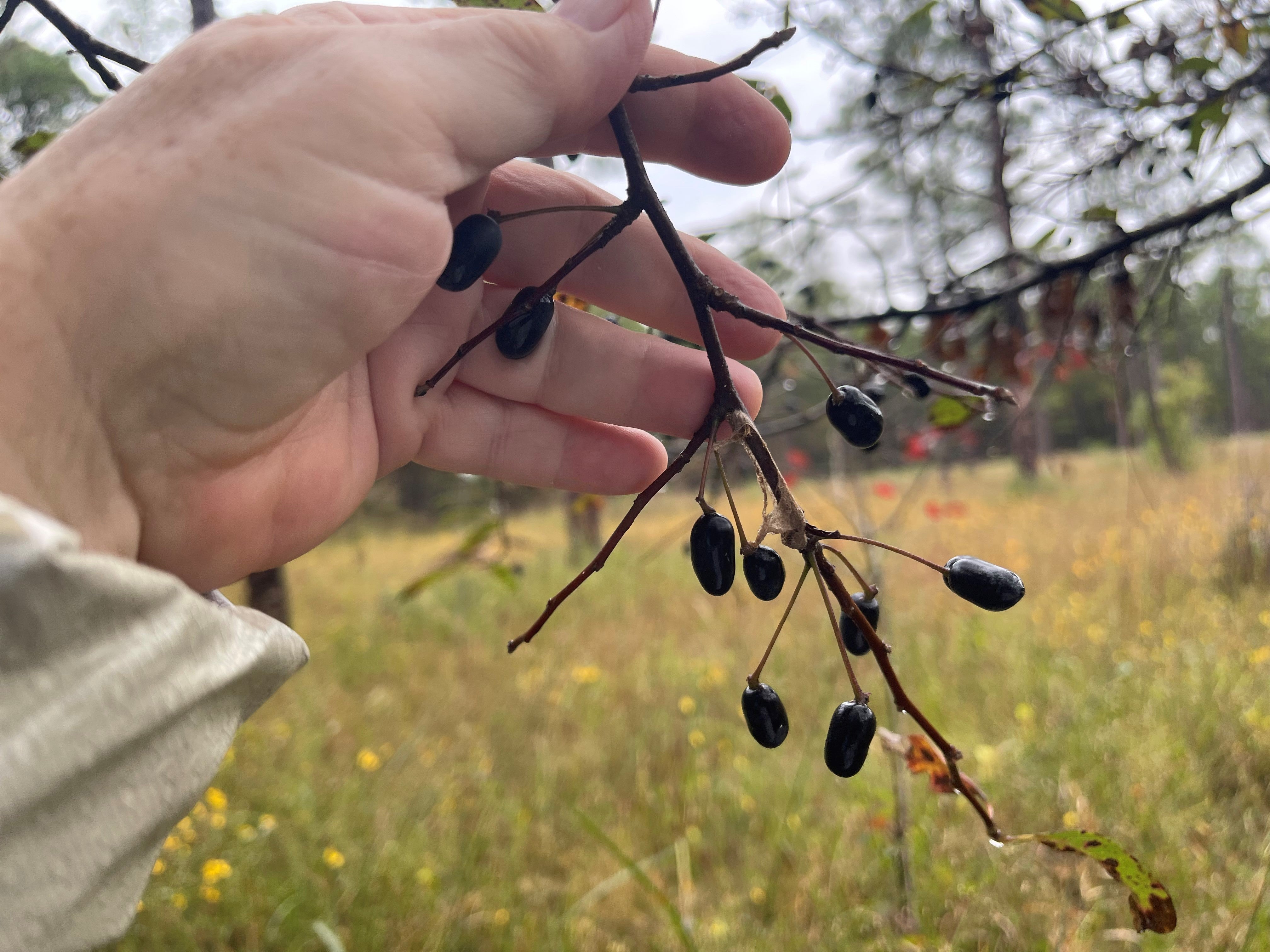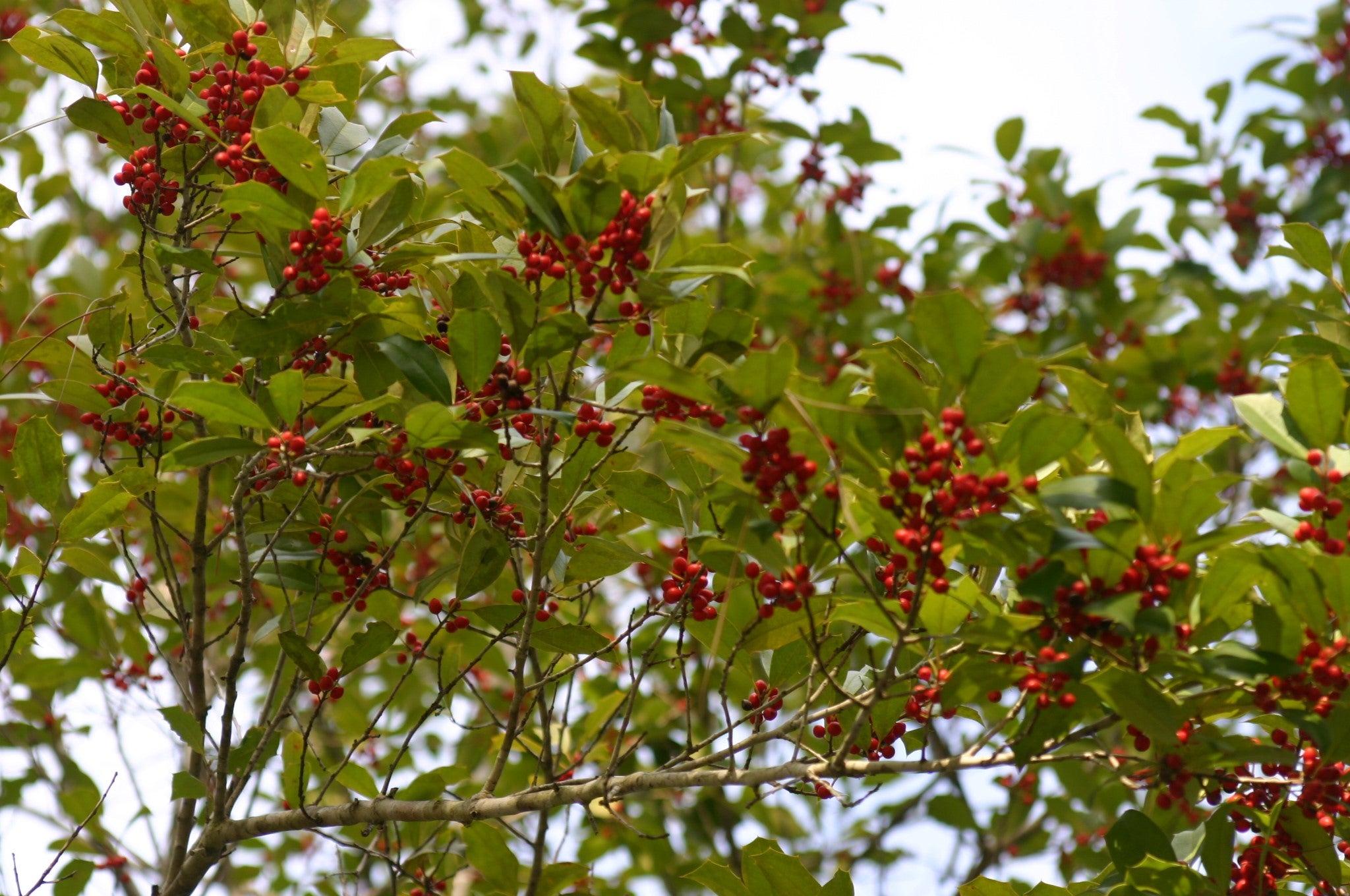Go native with these outstanding plants for your landscape
Published 9:06 am Monday, November 7, 2022
By Patricia Drackett
Director, The Crosby Arboretum, Mississippi State University
Associate Extension Professor of Landscape Architecture
The Crosby Arboretum/MSU Extension Service
Many of us will soon be focused on preparing our home for the approaching gatherings of family and friends for the holidays, maybe dusting off your recipe for pumpkin pie, or – if you are lucky enough to have them – gathering some tasty American persimmons for making some delicious quick bread loaded with pecans and spices. But now that cooler weather is making an appearance, gardeners “in the know” are already aware fall is an excellent time for outdoor projects such as pruning evergreen species or installing new trees and shrubs into the landscape. These activities also serve to make your property welcoming for the holidays.
Plants added during winter’s “dormant” period will have ample time for their roots to become established before warm weather returns. If your yard lacks fall color, make plans to add some of the trees you see putting on a show now, which can include winged sumac, black gum, bald cypress, sweetgum, or red maple. If you missed our fall plant sale, we still have many great native trees, shrubs, and perennials in our deck sale at the Arboretum visitor center, including a bumper crop of mayhaws we grew this year.
Some quick “face lifts” for your front yard area for the upcoming holidays include shaping the edges on any of your garden beds that have gotten “fuzzy”. This work can be especially effective if you have beds with mature shrubs, where you are essentially only mulching the front few feet of the beds. Creating clean, precise bed lines make a big difference in your yard’s curb appeal.
You don’t need to go overboard with color displays throughout your yard. A little can go a long way, so avoid creating a “way too busy” visual effect. Where you use color, your eyes will follow, so for a quick spruce-up, just a few containers on either side of your front door and at your mailbox can create a big impact.
Many of you are already aware that you can plant your chrysanthemums after the holidays into the garden, and they can return year after year and provide you with cut flowers for arrangements. If not, now you do! Don’t despair – if you are one of those persons who insist you have a “brown thumb” and your mums are usually completely expired after Thanksgiving, search for floral arrangements on the internet of dead mums spray-painted gold or silver and stuffed with ball ornaments. And if you have holly or southern magnolia trees in need of pruning, this is a great time for pruning evergreens. Use the trimmings for wreaths, garlands, or table decorations!
Incorporating native shrubs and trees into your landscape can provide food sources for local birds and wildlife throughout the year, especially in the winter months, when critters often need extra food for fuel and warmth. Persimmon trees are not only a great source of wildlife (and human) food, but their leaves often turn a beautiful golden color in fall. Because persimmon is a species with separate male and female trees, as is also characteristic of hollies, you may not find fruit on the persimmon in your yard. If you’d like to harvest the fruit, it’s best to plant several trees to increase the chances of pollination. Many birds such as wild turkey and woodpeckers will eat persimmon fruit, as well as a wide variety of wildlife including foxes, raccoons, deer, opossums, black bear, and skunks. Luna moth caterpillars will feast on persimmon leaves!
Persimmon, black gum, green ash, hackberry, sweetgum, black cherry, hawthorns, Grancy graybeard, southern crabapple, and sweetbay magnolia are only a few of the native trees to consider planting that are not only attractive, but useful to wildlife. Red buckeye, American beautyberry, and hollies all have a high wildlife value. Many of these trees are very easy to transplant from the wild, particularly shortly after their seeds have sprouted.
Attend the “Introduction to Prescribed Fire” program on Thursday, Nov. 10, from 10:00 a.m. to Noon with Extension Forester Butch Bailey. Cost is $10 for Arboretum members and $15 for non-members. On Saturday, Nov. 12, 1:00 to 2:30 p.m., join us for a program back by popular demand, “Traditional Uses of Wild Plants for Food and Medicine”, with Lynda O’Brian Baker and Betty Sue O’Brian. Cost is $3 for members and $7 for non-members. Registration is highly encouraged for all programs to reserve your space (pay on day of program). For more information, call the Crosby Arboretum office at 601-799-231 or see the website at www.crosbyarboretum.msstate.ed






